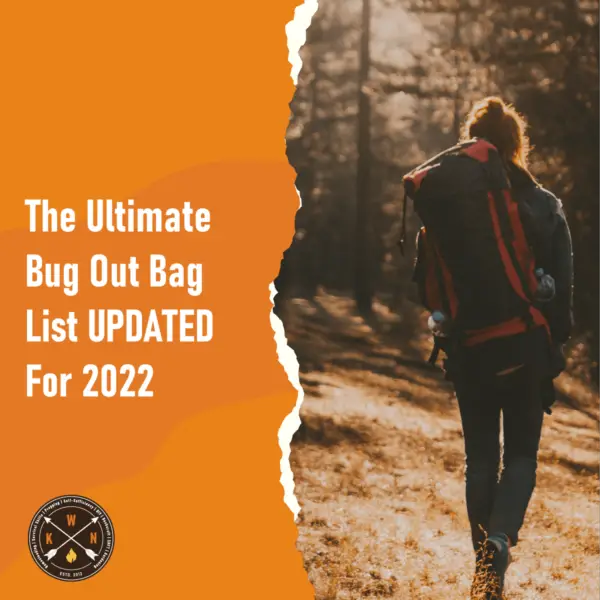
Vivos xPoint Survival Shelter Community – 45K For A Shelter! Is It Worth It?
If you have an interest in prepping, SHTF or underground bunkers, you are going to

If you have an interest in prepping, SHTF or underground bunkers, you are going to

In the quest of saving money without sacrificing your comfort, many homeowners and renters alike

When disaster strikes there are two things that are immediately essential: getting out of the

Here are some free tiny house plans for you… Tiny houses and DIY sheds and

For most people, buying a generator to power their household is probably the last thing

A backup generator is a great investment so you can keep the lights on when

It doesn’t matter whether you actually identify with being a prepper and the emergency preparedness

If you are interested in finding out how to make Dakin’s Solution, this is the